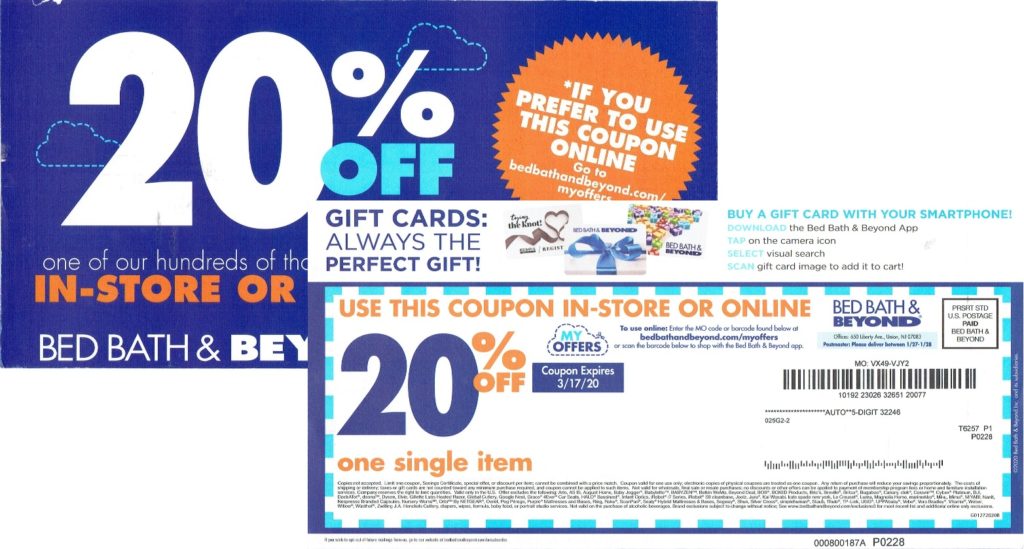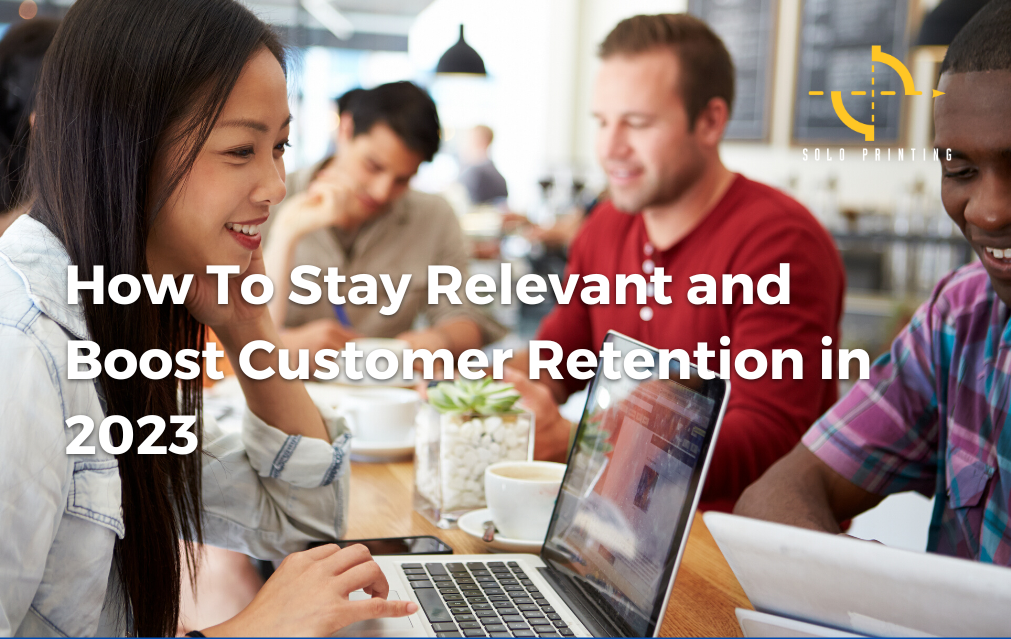It’s time to start planning your marketing strategy for 2023 as the new year draws near. We’ve created a blog post with proven, successful suggestions that will help you beat out the competition, stay relevant, and boost customer retention in 2023!
It’s most important to note that your company needs to be driven by a strategic marketing plan if it expects to garner genuine results from its marketing efforts.

Strategic Planning For 2023 & What to Consider
The process of examining your company, market, and customers to find the most effective routes to your objectives is known as strategic marketing planning.
Here are some actions you can take as the year comes to a close in order to begin strategic marketing planning that will help you make the most of 2023.
Ask yourself these top questions to get your planning started:
- Have you achieved previous objectives? Why not, then?
- What strategies did you use in 2022? Did they work or did they fail?
- What strategies did your competitors use? Did they perform well or fail?
- Was your budget enough in 2022? What budget changes might help improve your outcomes?
- Are there current trends, whether offline or online, that your company might be able to include in the 2023 strategy?
- Are there any local trends that could affect sales at an in-person store?
- What dates and turnaround times will work for your campaigns?
- What budget/collaborations will help you achieve new growth objectives?
Remember each year, your company’s goals may adjust and alter your marketing plans. For example, maybe you launched new products that need a larger portion of the marketing budget, or maybe you opened a new brick and mortar location.
When going into your main strategy brainstorm for 2023, ask yourself this:
Do people know what your business does, do they know who you best serve and why? The answers to these questions should be included in every form of marketing material you hand out and, on your website, and social media profiles!
You want people to be able to identify you and your brand immediately. To accomplish this, you must be active in the locations your audience frequents, consistent with your messaging both online and offline, and present in both the physical and digital worlds.
Understanding Your Audience and Their Data
Third-party data sources are starting to experience serious issues. Facebook is adhering to new data policies. In turn, they are having an enormous issue with online advertisements, retargeting data, and ad rejections. It’s important to keep that in mind when creating an online strategy next year. You may allocate a budget, however, that budget may not be fully used or not used at all due to ad rejections/retargeting failure.
So, how can you better collect data that will boost your marketing efforts?
One option is the management of data collection yourself. Does your business have a CRM or audience targeting list? This will help you understand your audiences and leverage personalized experiences through online and offline advertisements.
For example, when creating a direct mail marketing campaign, you can hyper-target your existing customer list.
Create a direct mail offer according to your segmented group of customers. If you notice someone buys a particular product frequently, it might be a good idea to create a direct mail offer, such as a coupon or promo code, that specifically works for that product! You can even use these segmented groups within your customer list to develop a campaign that promotes complementary products they might also enjoy.
For businesses with client accounts, direct mail provides the opportunity to greatly strengthen business/customer relationships. Customers love undivided attention. It lets them know they are more than just a number. Use direct mail to help promote deeper 1:1 connection.
It’s so important to engage in dialogue with your leads and current clients to learn more about their driving forces. This can teach you why specific offerings are attractive to your target market. This new data can help you identify and group together the people who are most likely to buy from you.
Or maybe your goal is to create a campaign that targets customers’ pain points! Using this new audience information that you’ve collected will help you learn what content experiences your target audience favors. Advanced A/B testing or variable data postcards can also help businesses create personalized content that incorporates consumer preferences and purchasing trends.
When selecting what kind of information to produce and in what format, a business can’t just guess. Get data-driven decisions to make the most of your 2023 budget. This will help in understanding your target audience’s characteristics, needs, and preferred methods of contact. Because, here’s a tip…not everyone wants to be contacted digitally!

Begin With Customer Retention
Customer retention refers to a company’s efforts to keep its current customers coming back. Remember, customer retention starts with the first interaction you have with a customer and continues throughout the entire relationship they develop with your business.
Numbers are important. There is a 60-70% chance of converting a current consumer into a return customer. For converting a new lead? There is only a 5-20% chance. That’s a big difference and is one of the many reasons why your marketing efforts should not only focus on acquiring new customers.
TIP: Focus on the clients who are already in your clutch – your current customer base! Next, determine how to best get additional business from them. According to the Gartner Group, only 20% of your current clients will account for 80% of your future income.
It’s much easier to sell to an existing customer. Create a direct mail campaign that targets your past customers. They are more inclined to trust your business in comparison to a new consumer because they are familiar with the quality of your products and services.
Storytelling
The best and most successful ads present a highly engaging storyline. When a business creates an ad that does not feel like marketing gimmicks or overt sales pitch, it is guaranteed to succeed.
In marketing, whether print or digital, the goal of storytelling is to help customers understand why they should care about a product or service in a way that makes your brand feel more personal.
According to Marketsmiths.com, “Storytelling drives conversions and ROI…According to research by Headstream, if people love a brand story, 55% are more likely to buy the product in future, 44% will share the story, and 15% will buy the product immediately.”
With print, creators can use storytelling in print advertisements, advertorials, catalogs, brochures, postcards, or even posters to capture the attention of onlookers without worrying about running out of time.
Print marketing tools, such as direct mail or magazines, have the advantage of being tangible objects that can be held, distributed, shared, and shelved. Print leaves long-lasting impressions on its readers and provides better memory recall because it stimulates some of the senses that digital media does not. When pairing this with storytelling, you boost your brand’s chances of boosting ROI and conversions because your story can become evergreen and be reachable at any given point.
Marketing strategies that incorporate branding and narrative tend to encourage stronger emotional responses from their consumer base. Audiences are motivated to purchase products that matter to them and their values. Will your product or service add to the quality of their show? Does your advertisement show that?
Storytelling humanizes a brand and fosters stronger connections with your customers. This is why it’s important to incorporate a marketing strategy budget that can meet this content need.
Your budget and quality of content will help you set your business apart from your competitors who might provide comparable products.
So, top tip: If a brand wants to make a real mark on their consumer, they need to be authentic and trustworthy but most importantly – compelling. Especially at a time when the digital ad world has numbed users to any kind of social media advertisement, pop up, or email blasts.
Combining Offline and Online Strategies
USPS conducted proprietary research that explores a dynamic approach to direct mail.
So, why should you implement it into your 2023 strategy? We’ll tell ya.
By incorporating an aligned digital marketing strategy with a direct mail campaign, marketers saw 40% conversion rates when the strategies were combined.
This is how you stay relevant and top of mind! Find them where they ARE. Home by mail or online via mobile or desktop.
Research also shows that 68% of marketing research respondents say the combination of digital and direct mail increases their website visits. In addition, another 60% of respondents shared that the alignment increases the marketer’s return on investment.
By aligning these two channels, your business will utilize an omnichannel campaign that will allow its campaign to further increase its ROI.
Combining online and physical marketing is the most effective way to streamline the consumer experience across various touchpoints by highly increasing brand awareness.
One omnichannel example could be creating a UGC Hashtag campaign that encourages direct mail recipients, through a postcard which includes a CTA, to go online and post their experience with your product using a specific hashtag. In fact, you may include hashtags into all your outbound strategies, including television and online advertising. This encourages your clients to get involved and to show how your product benefits their lives.
How can you create an omnichannel campaign?
Start by adopting consistent branding across all channels of promotion. This is the most crucial component of fusing online and offline marketing. Start by using the same logo color, design, typefaces, and styles for all your marketing initiatives and campaigns. Incorporate the color palette of your website into your brochures, for instance, and include a visual link to your social media accounts on postcards and flyers.
This makes it easier to recognize your brand, both online and off, because it helps create a constant visual flow. The alignment of your omnichannel branding is essential for successful integration. Regardless of whether it is being mailed or seen on mobile, users should be able to identify the brand.
For instance, you may conduct promotions where customers receive discounts if they share UGC content on social media or join your email list. With print, you can entice recipients to reply via post or drive traffic back to your online site.
Influencer Collaborations
Influencers have taken over the internet. We’ve all seen it. Especially with the rise of Tiktok!
Influencers are a great way to add to your campaign with content that feels more like genuine, trusted advice. And you don’t need to waste your entire marketing budget on them. Sure, there are A-list tiktokers, but there are also micro-influencers who can help you reach more niche audiences at lower budget rates. For example, if you’re a wellness company, you might select a wellness Instagrammer with 18k followers and great engagement. You can guarantee that your audience and their audience will have similar interests because you are both within the same industry.
You can feature them on your print marketing material as collaborations, through online campaigns, or their own personal videos.
So, how can you find the best influencer for your campaign?
Start by researching top influencers in your specific industry/community and ensuring you have a budget set aside for them. Price ranges really differentiate across influencers. One might want $25K for one single post. One might want $3K. It will take a lot of research and reaching out.
To narrow down the list, you can ask yourself this:
- How many people will their message be able to reach?
- Do their followers respond to their posts?
- Is their customer base pertinent to your industry?
- Does the influencer have a real audience and real engagement?
- What do they value about your goods or services? Have they promoted products similar to yours in the past?
Keep in mind that every age group and every audience type is different. What marketing methods might work for Boomers might not work for Gen Z. Just keep in mind that future sales will be Gen Zers and Millennials. They like both print and social media but find digital ads to be extremely oversaturated and annoying. It’s important to find a happy medium.
Overall, remember that running genuine, unconventional, and impactful campaigns will be what appeals to any generation.



